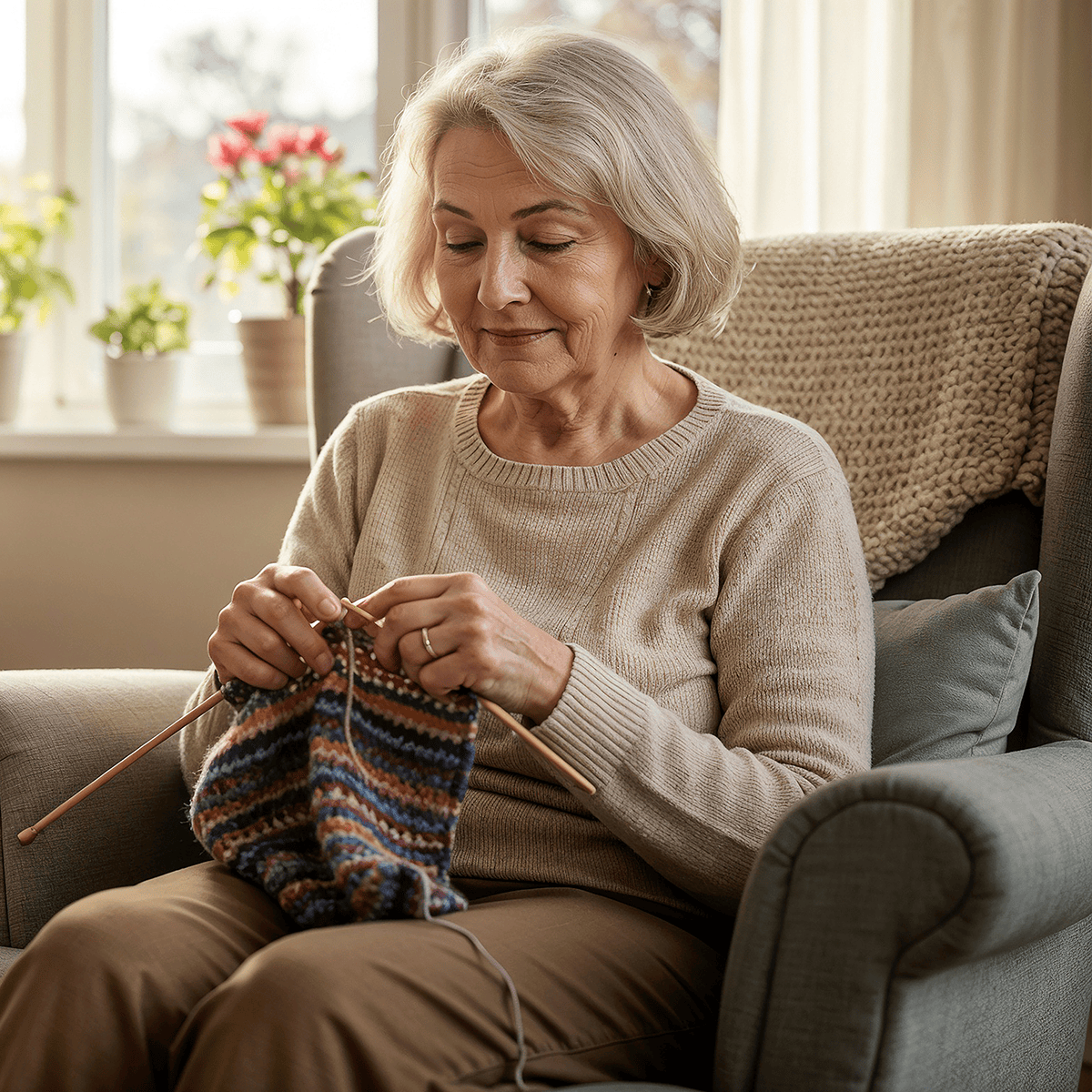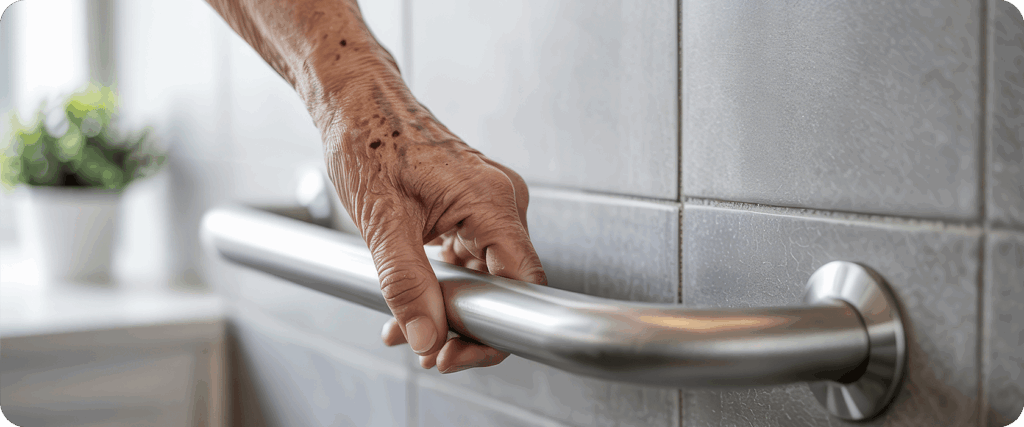A Guide to Aging in Place: Essential Tips


Key Takeaways
- Most seniors prefer to stay in their own homes rather than move to long-term care senior living communities.
- Setting up an aging-in-place plan that includes home safety, healthcare, social connections, and emergency assistance can help a senior stay in their home longer.
- If a senior has certain health or safety needs, aging in place might not be the best choice.
Helping someone age in place is a gift of independence and dignity. With good planning and support from their caregivers, many seniors can stay safely in the homes they love for years to come.
What Is Aging in Place?
Simply put, aging in place refers to setting up a support system so that seniors can remain in their homes, instead of moving to a nursing home or senior living community.
According to AARP, 75% of adults want to stay in their current homes as they age. It allows them to keep their routines, their pets, and their sense of control.
For caregivers, understanding this wish is important. Planning ahead, rather than waiting until there’s a fall or health crisis, makes it easier to make informed choices about home modifications, help services, and backup plans.
How to Age in Place Successfully: Practical Steps and Resources
When establishing a plan to help your loved one stay in their home, one of the first things to do is make their home safer. Some home renovations to consider include:
- Adding grab bars in the bathroom
- Improving lighting, especially in hallways and stairs
- Removing trip hazards like loose rugs
- Considering a bedroom on the main floor
- Making doorways wider for walkers or wheelchairs
Establishing a good support system is also essential. Consider signing your loved one up for meal delivery services or enlisting the help of home health aides to assist with daily tasks. You can also hire housekeeping and transportation help to make life easier.
In addition to outside help, numerous tools and resources are available to make aging in place a success. Smart home features, such as video doorbells, bed shaker alarms, and voice-activated assistants, can help your loved one maintain their independence.
One of the best ways to help them maintain their independence is to ensure that they can easily communicate with friends, family members, and their doctors. When hearing issues start to make talking on the phone more difficult, look into getting your loved one a caption phone, such as those from ClearCaptions. By displaying captions on a screen next to the phone handset, these special phones ensure that seniors never miss another word of an important phone call.
Your Comprehensive Aging-in-Place Checklist
Taking on a task of this size can sometimes feel overwhelming. Here is a comprehensive aging-in-place checklist to make it easier for everyone involved:
- Inspect every room of the house for hidden fall risks.
- Install grab bars in bathrooms and railings on both sides of the stairs.
- Add more lighting in dimly lit areas.
- Test smoke and carbon monoxide detectors.
- Remove clutter and unwanted items.
- Make sure your senior has an easy-to-follow system for their medications.
- Arrange for transportation to doctor visits.
- Hire home healthcare professionals for in-home support.
- Create a list of emergency contacts and place it by the phone.
- Get a medical alert button.
- Keep a file of health and medication information in a safe space.
- Consider a lockbox or digital door lock so helpers can get in if needed.
- Set up a schedule of regular visits from family and friends.
- Look into senior center activities, online senior support groups, church events, or volunteer opportunities to keep your loved one active.
Review this list annually to make sure your plan is still working. Even small updates can make a significant difference when your loved one wants to stay in their own home.
When Aging in Place May Not Be Right
Remember that aging in place isn’t right for everyone, and that’s okay. The goal is always to ensure the best quality of life and safety. If the person you care for has serious health or memory issues that require constant care, is scared or anxious to live alone, or does not have the financial means to maintain their home, it may be time to discuss senior living or moving in with family. Although these talks can be difficult, having the conversation early and often makes it easier if a move becomes necessary.
Frequently Asked Questions
What does aging in place mean for seniors?
Aging in place is when a senior stays in their own home as they get older, instead of moving to a long-term care community. By making the right arrangements, seniors can stay in their own homes, maintaining their independence, familiar surroundings, and community connections.
What is the most important first step when considering aging in place?
A home safety assessment is the most crucial step in creating a plan for a senior to stay in their home. Check for trip hazards, poor lighting, difficult stairs, and bathrooms that are hard to use.
What are the benefits of aging in place at home?
The biggest benefits include your loved one’s comfort, independence, and familiarity. When seniors can keep their daily routines, it helps them to feel more connected to their communities and in control of their lives. Staying in their own home can also be less expensive than moving to a senior living community.
How can I prepare my home for a senior to age in place?
Preparing your home for a senior to age in place starts with ensuring safety and accessibility. Begin by making simple changes, like removing trip hazards and improving lighting. Then, move on to more significant updates, such as adding grab bars in bathrooms, installing railings on stairs, or updating kitchen features for easier use.









